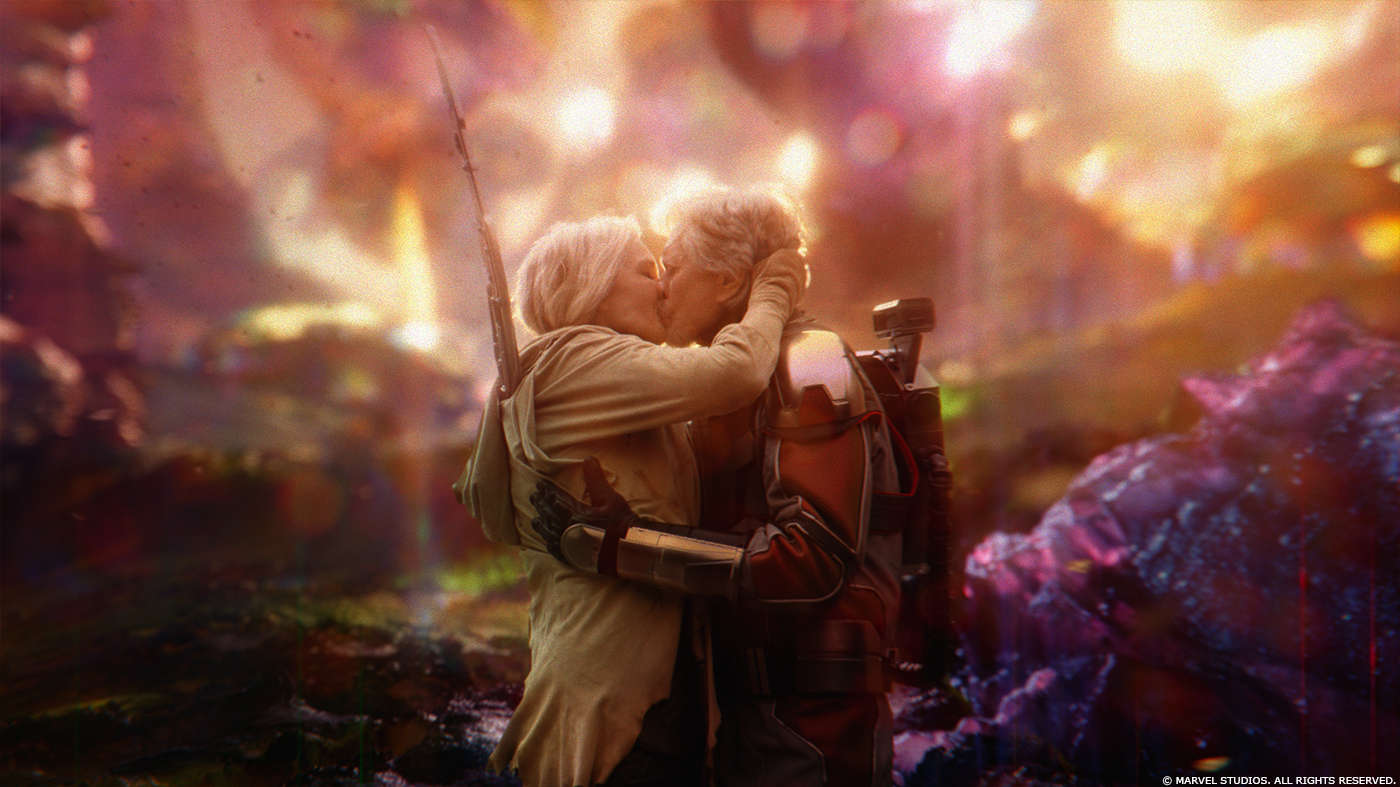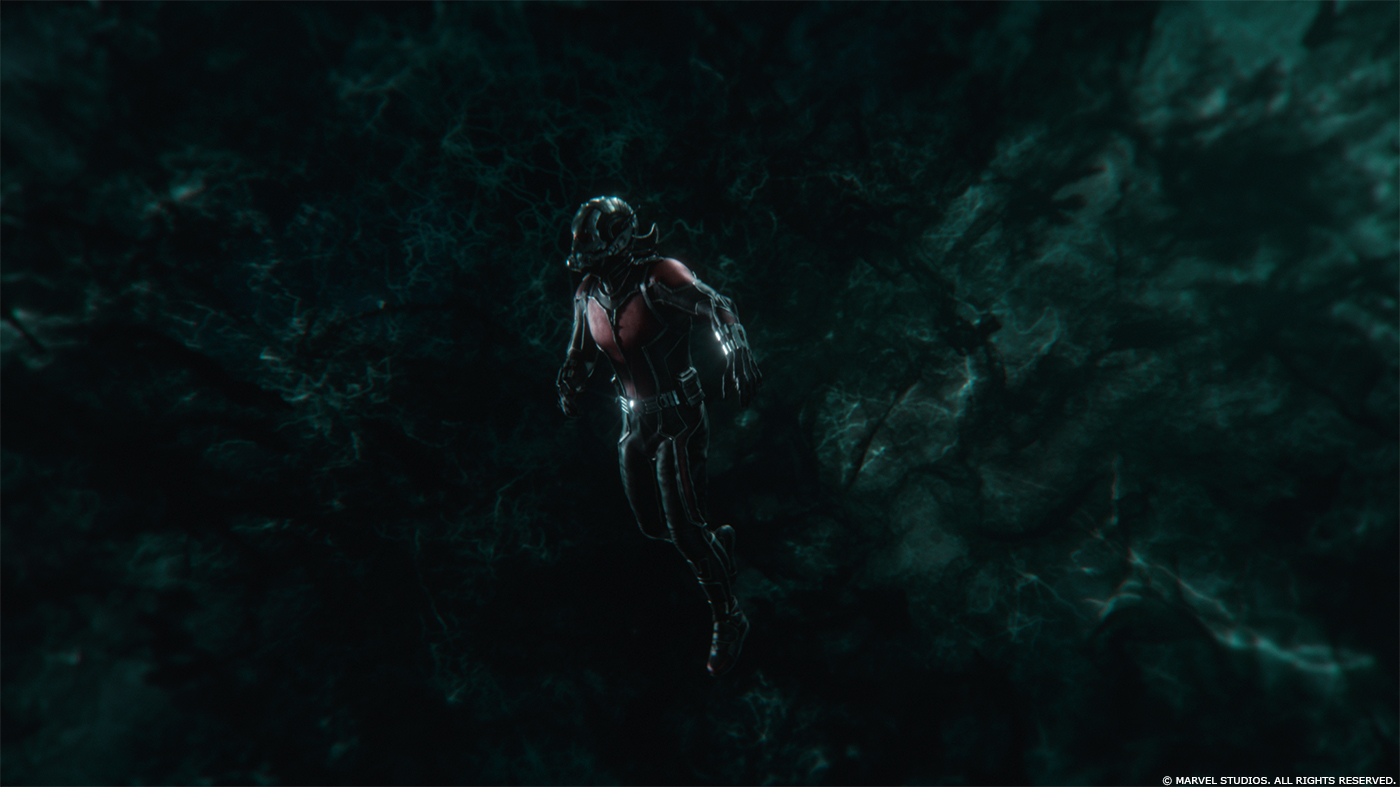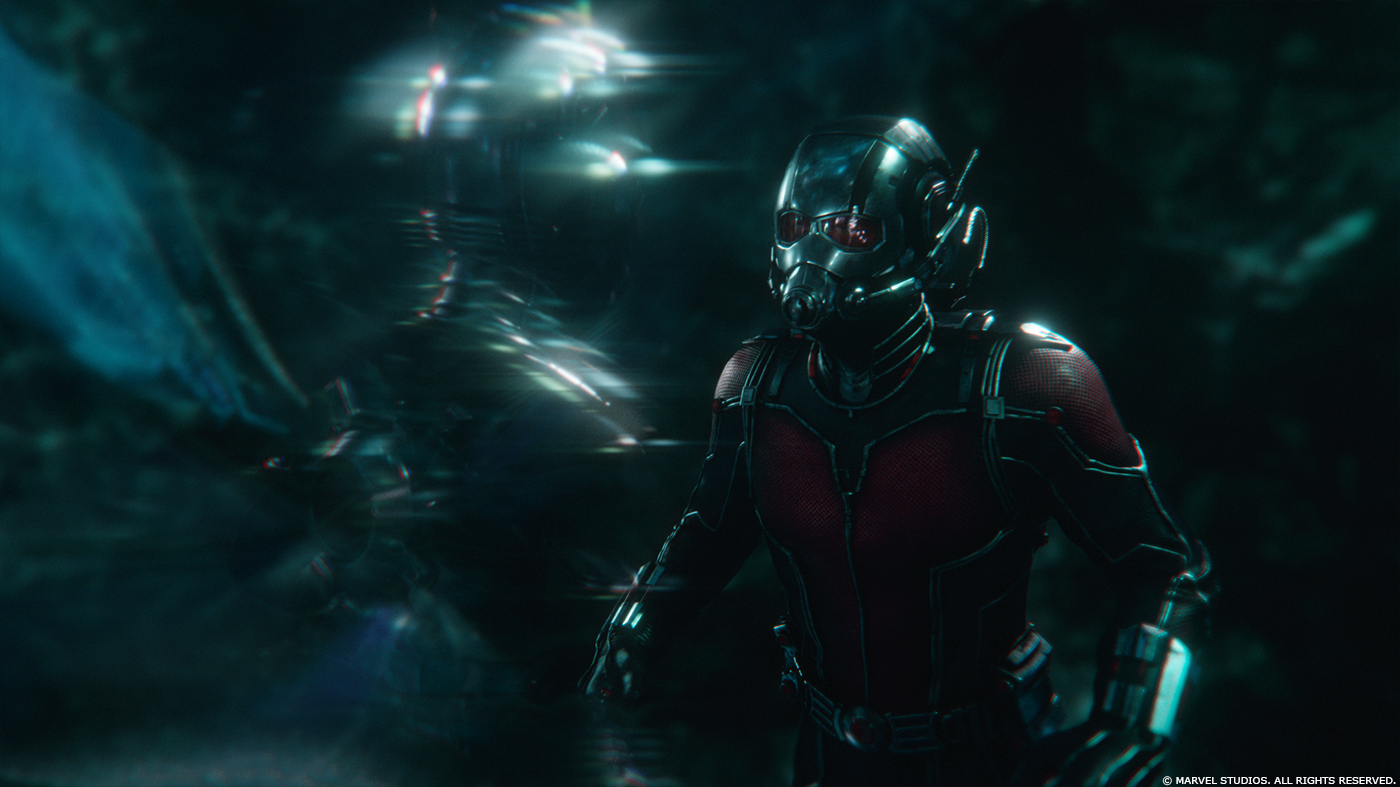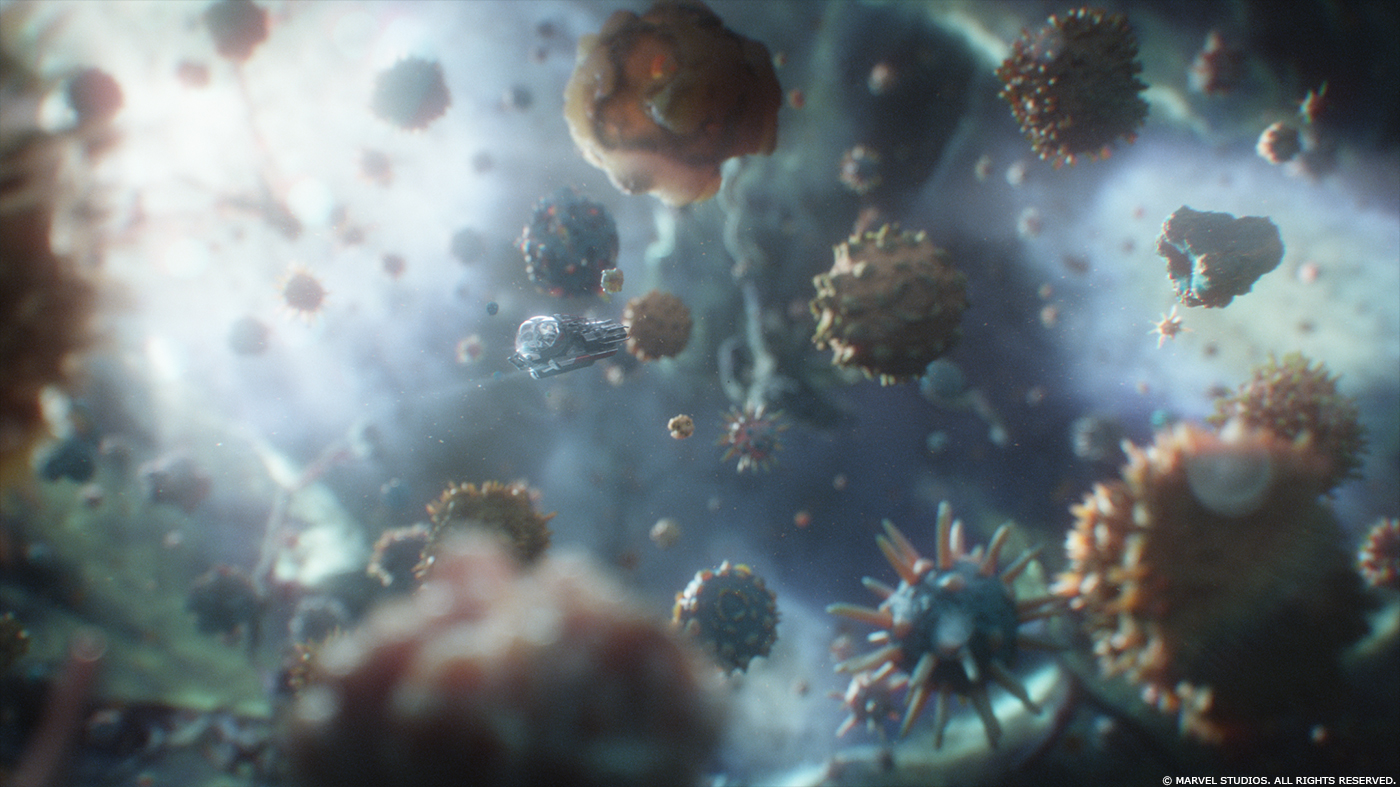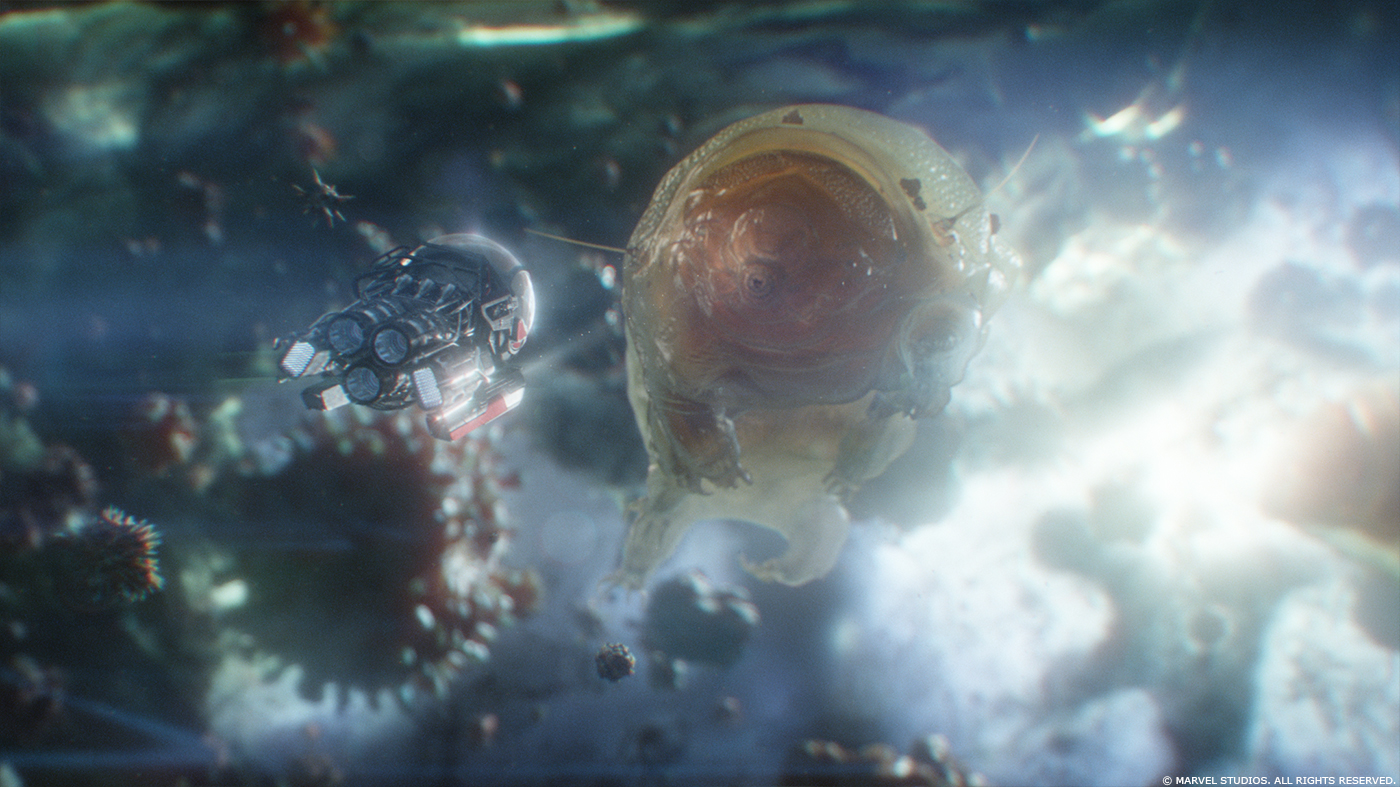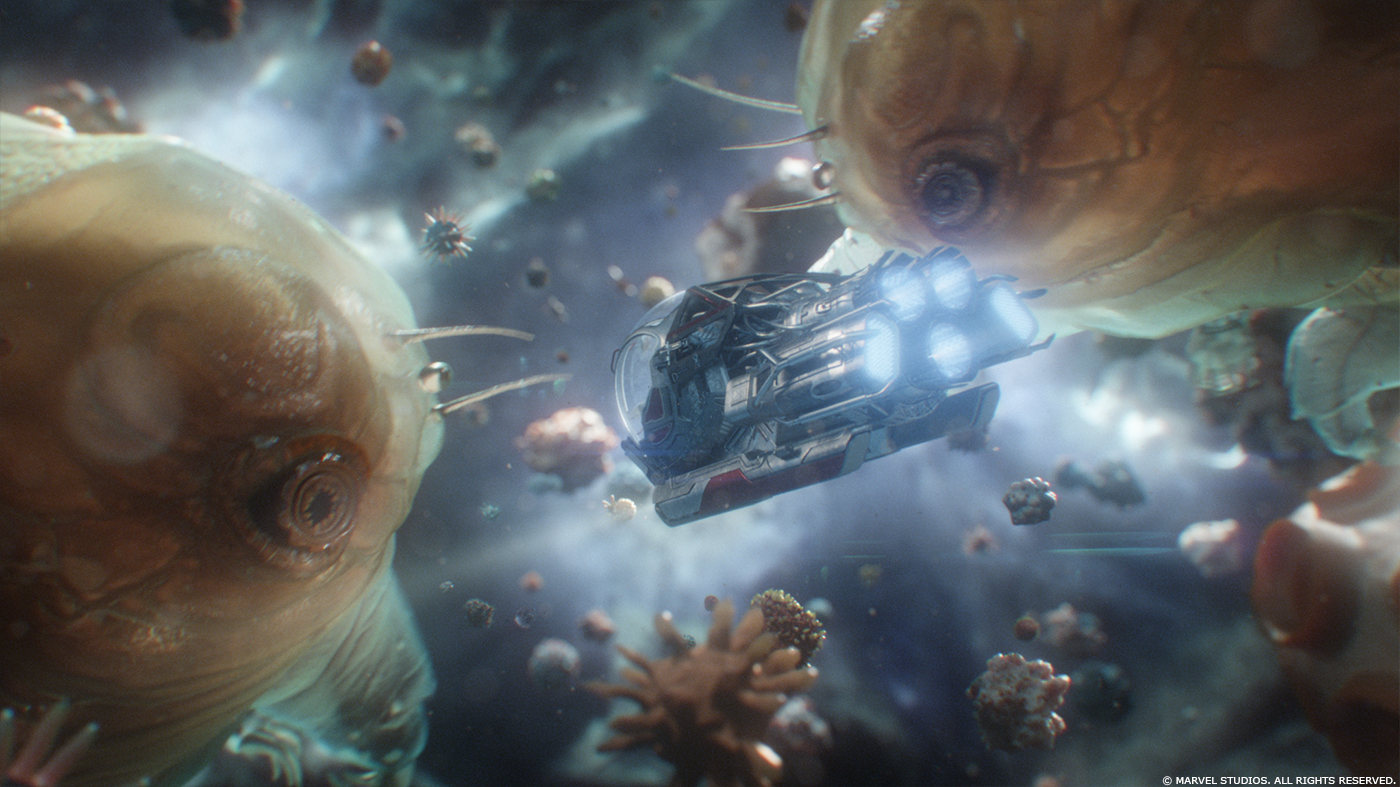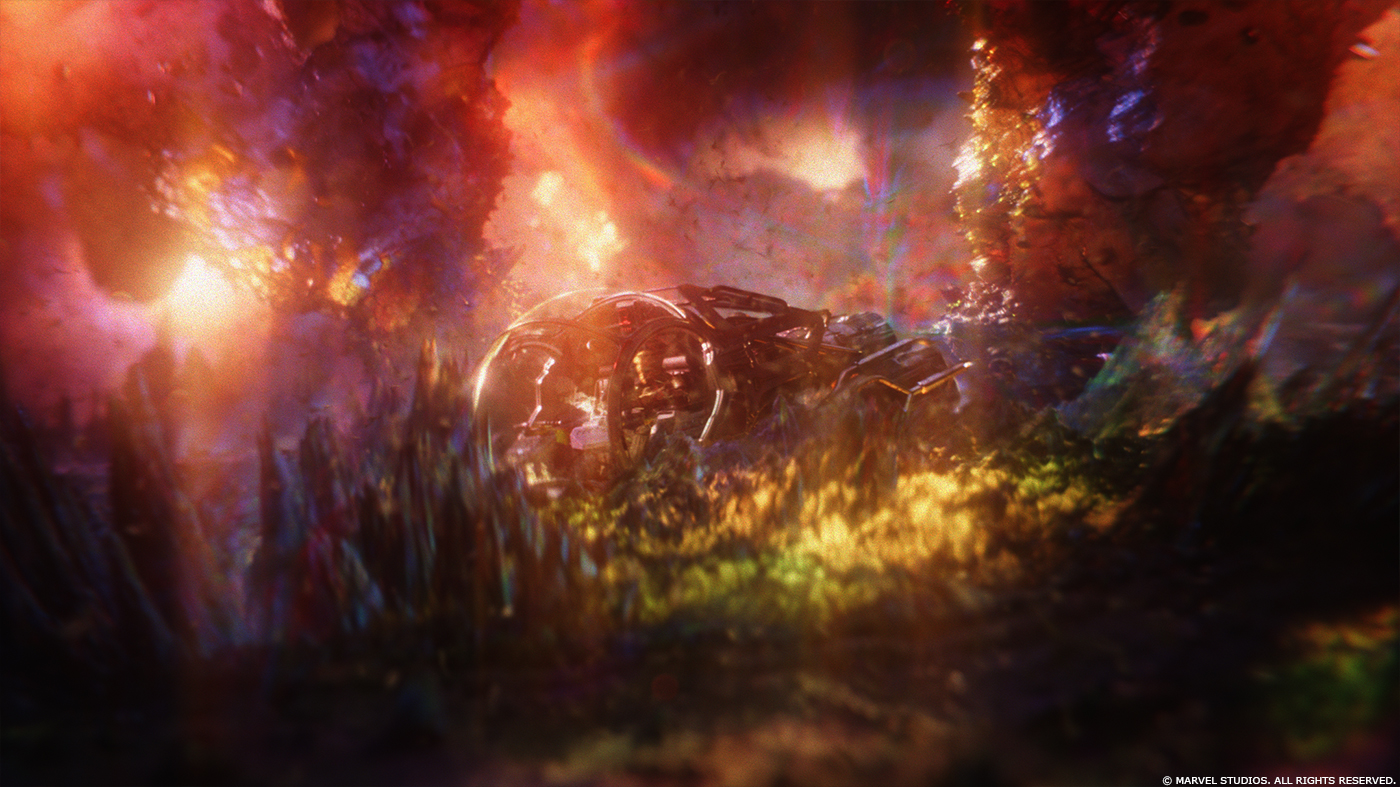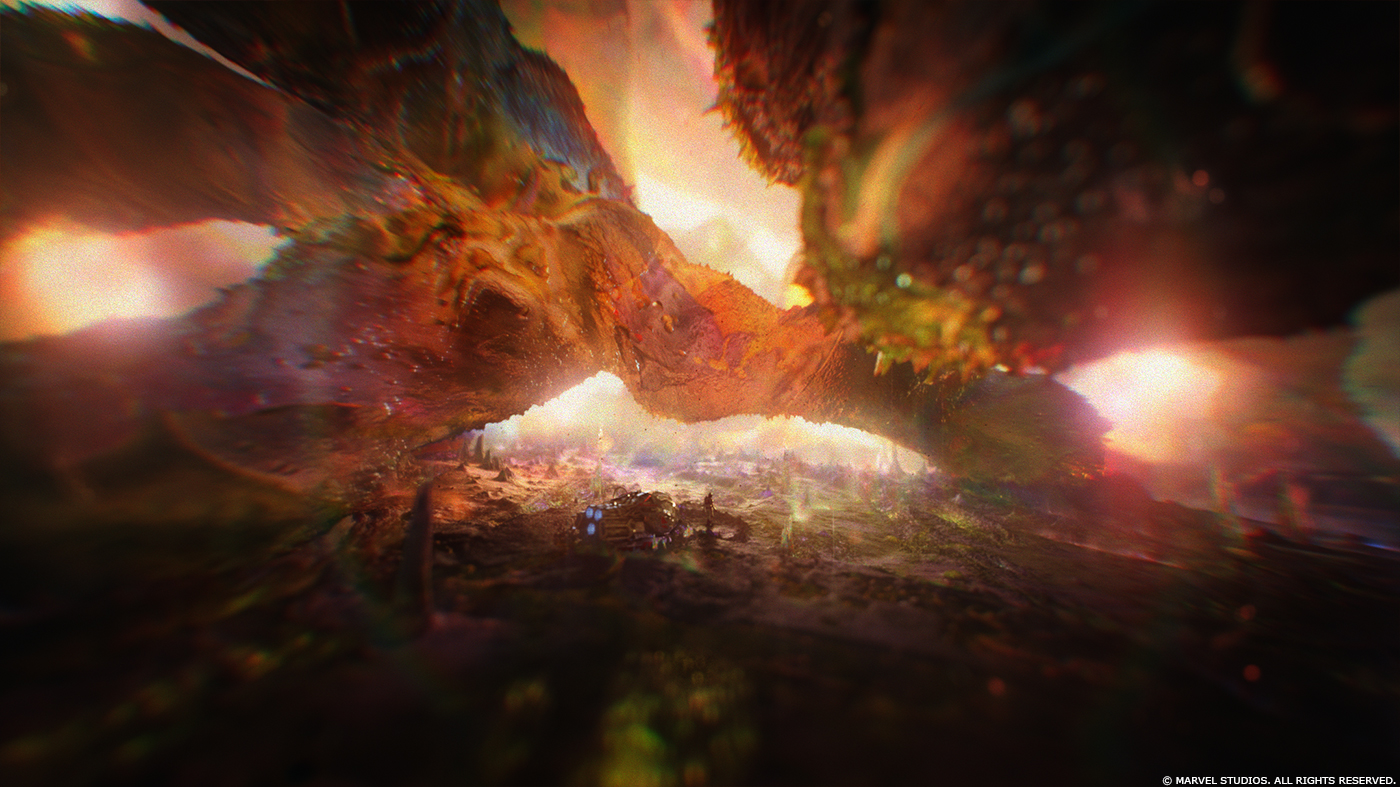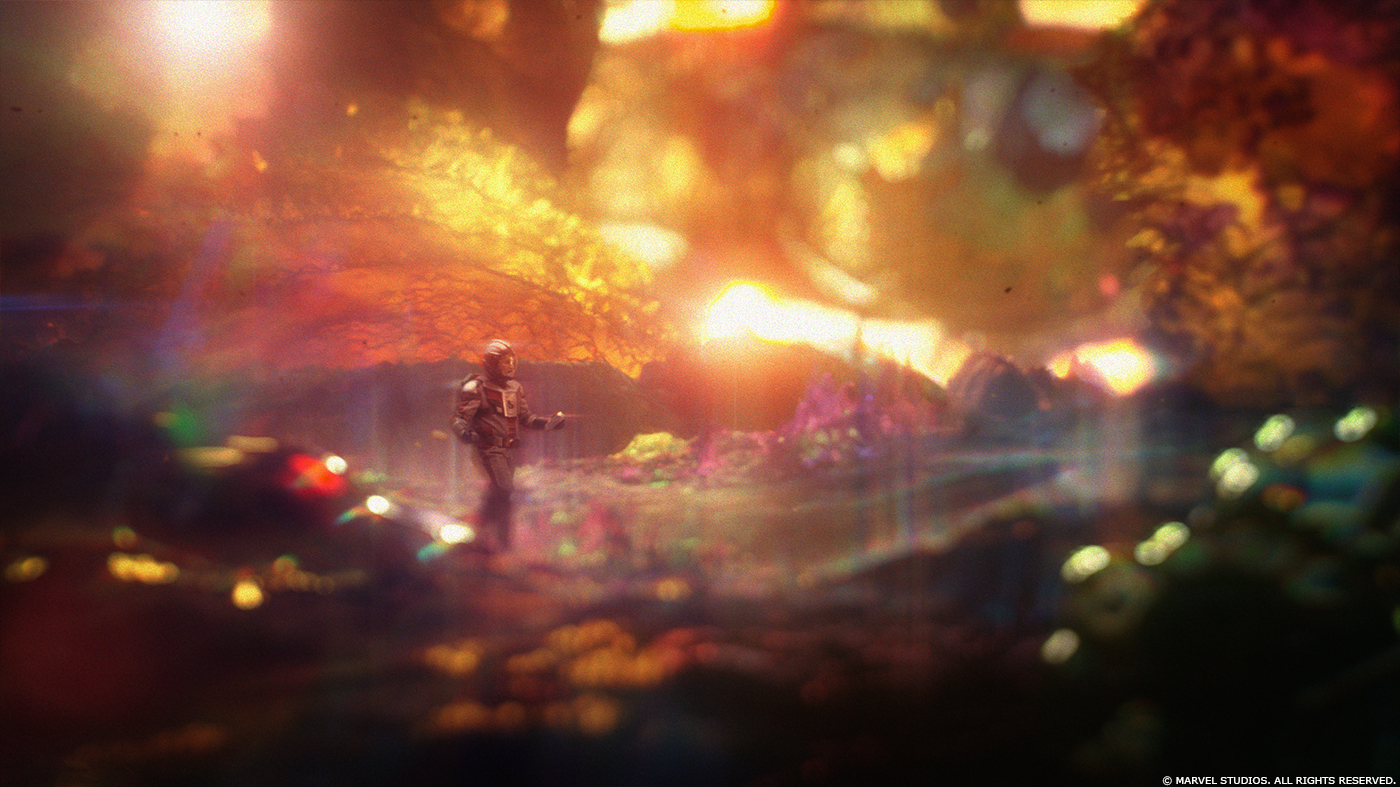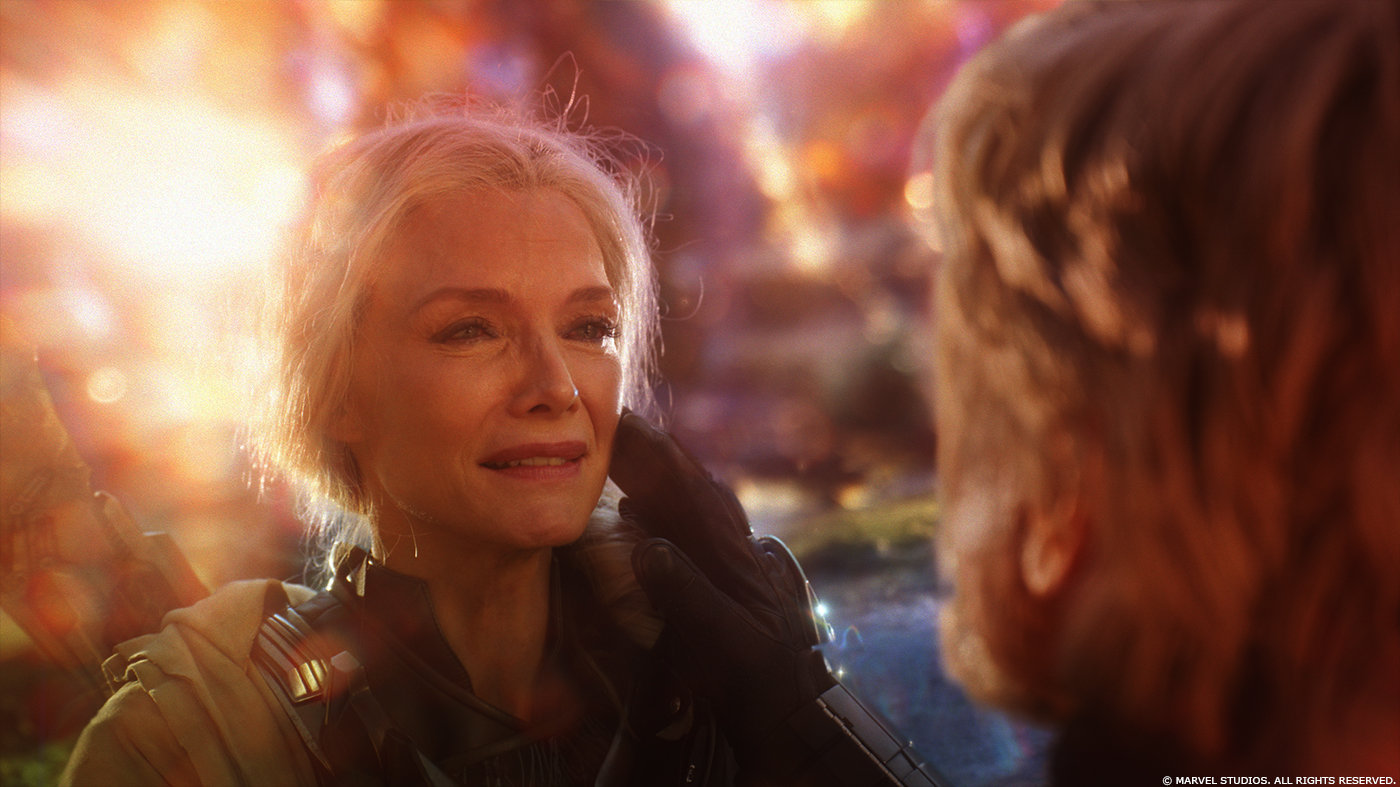Last year, Andrew Hellen explained to us the work of Method Studios on THOR: RAGNAROK. He talks to us today about his work on ANT-MAN AND THE WASP.
How did you get involved on this show?
I came on board after Method was already involved. The show commenced with Hamish Schumacher at the helm, but he ended up moving to another project.
How was the collaboration with director Peyton Reed and VFX Supervisor Stephane Ceretti?
Stef was great at guiding us through the creative challenges; he has a lot of experience creating unique surreal environments, when you think of other films he has supervised like DOCTOR STRANGE and GUARDIANS OF THE GALAXY VOL. 2. We had to come up with something unique and Stef had great insights to help us achieve that. I didn’t have any communications with Peyton directly.
What was his expectations and approaches about the visual effects?
In general terms, Marvel likes to try and keep FX work grounded in reality: obviously there is some creative freedom in certain areas like the Quantum Realm given there is no real world reference.
How did you split the work amongst the Method Studios offices?
The work was done in Vancouver.
What are the sequences made by Method Studios?
We had three key scenes: Ant-Man’s suit malfunction at Cas’ school, Scott’s dream sequence in the Quantum Void and we created the Quantum Realm.
Can you explain in detail about the design of the Quantum Realm?
The challenge was to come up with something we haven’t seen before. We had to invent the Quantum Realm based off some fairly loose concepts provided by production, then take a crash course in Quantum physics for some inspiration. The concept provided was very loose and heavily treated in 2D with heavy film grain lens breathing, very short depth of field and lots of lens flares. The idea behind it was that shooting with a camera in the Quantum realm is difficult to capture and the image gets heavily distorted.
One of the ideas in the Quantum Realm was that the environment reacted to what was happening not only from a physical sense but also from an emotional POV. When the pod crashes, the environment reacts. When Janet finds Hank, the tone shifts and the environment reacts. Some of the reactions were covered by the geometry reacting, some was just the colour of the environment shifting.
Everything is moving constantly in this environment. Did you use procedural tool for that?
The geometry was all simulated in Houdini and rendered in Mantra. We used animated textures also created in Houdini to drive colour and displacement, generating around 30 render passes and mattes to give comp control. We worked this way knowing that we’d do multiple versions of the colour and performance of the environment in finding the right tone. We set up a workflow and worked with production to approve simulations before they were coloured and comped, which meant we could try lots of different looks in comp without having to go back to 3D.
How long have you worked on this show?
Six months.
What’s the VFX shots count?
Around 130 shots in the final cut.
What was the size of your on-set team?
Our team size varied based on where we were In production, but we had about 100 artists at our peak.
What is your next project?
Nothing I’m able to share publicly yet.
A big thanks for your time.
// WANT TO KNOW MORE?
Method Studios: Dedicated page about ANT-MAN AND THE WASP on Method Studios.
© Vincent Frei – The Art of VFX – 2018

